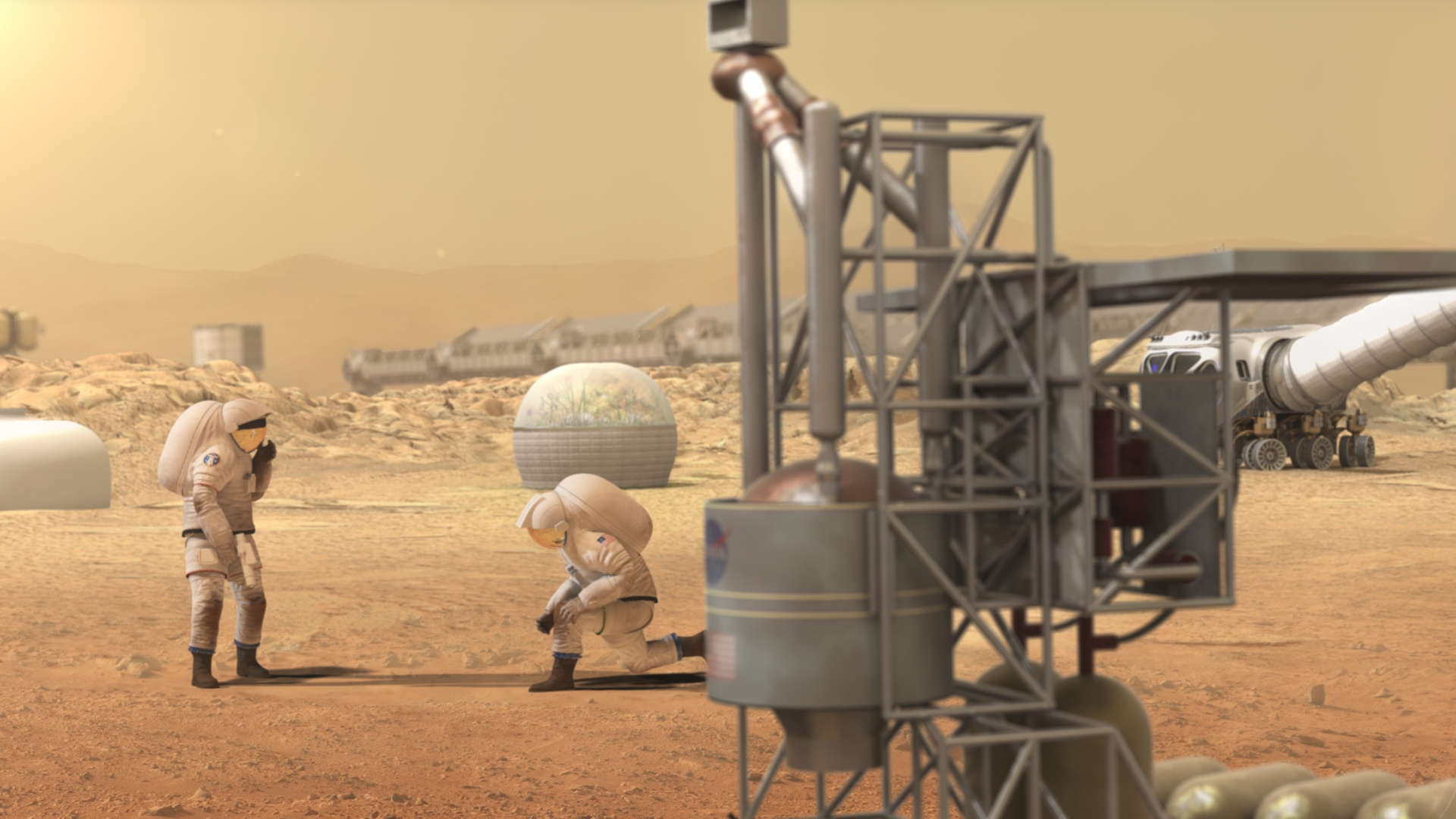A Dangerous Waltz
Over 130 million years ago, before dinosaurs existed, there were two neutron stars. These two neutron stars were in a dance, spinning around each other at high speed; they were getting closer and closer with every revolution until they finally collided and became one, about 130 million years ago.
What is a neutron star?
Neutron stars are born when the core of a massive star is compacted into a sphere with a diameter of about 12 km. The result is a highly dense star which spins on its own axis at extremely high speeds; the mass of a typical neutron star is about twice the mass of our own sun. Neutron stars are so dense that if you were to take a piece that was about the size of a sugar cube, it would weigh at least 1-billion tons (that’s the mass of Mt Everest).
The rapid spin of the star is due to the conservation of angular momentum; a good analogy for angular momentum is a figure skater. When figure skaters spin, they can spin with their arms out or with their arms near themselves. When they spin with their arms closer to their bodies, they decrease their radius of gyration. Since they keep the same momentum, their angular velocity increases to compensate. The same exact thing happens in stars. When the core of a star is compacted into such a small area, the radius of gyration decreases immensely, thereby leading the star’s angular velocity to compensate by increasing.


Gravitational whats?
Gravitational waves are disturbances in the space time fabric that travel at the speed of light and are caused by the displacement of objects with mass. Warping of space-time is done by any massive object (object with mass). The only issue with finding evidence of this on earth is that significant warping requires immense mass. Since we can’t bring anything so massive to earth, we make do with what we can (i.e: the stars). In the video below, there is an animation of two massive bodies orbiting each other and losing energy as they go along until they eventually collide. We can see that, the faster they go, the more gravitational waves are created. This goes on until the two crash and release a deluge of gravitational waves.
Courtesy of NASA
Striking gold!
After the collision of these two neutron stars, they released a large amount of energy in a kilonova. This explosion released a tremendous amount of energy, and it also generated precious metals. When the two neutron stars collided, they released neutrons in their surroundings, effectively bombarding any nearby atoms and changing their chemical composition. Since elements created in the core of stars typically get no heavier than iron, this bombardment increases the mass of these atoms to make rare and precious metals.
http://svs.gsfc.nasa.gov//vis/a010000/a010500/a010543/WhtDwrfCollid_ProRes_720x486_59.94fps.webmhd.webm (VIDEO)
If you want to read more about astronomy, click here.
Click here to read more about physics
If you want to read more about astronomy, click here.
Click here to read more about physics



